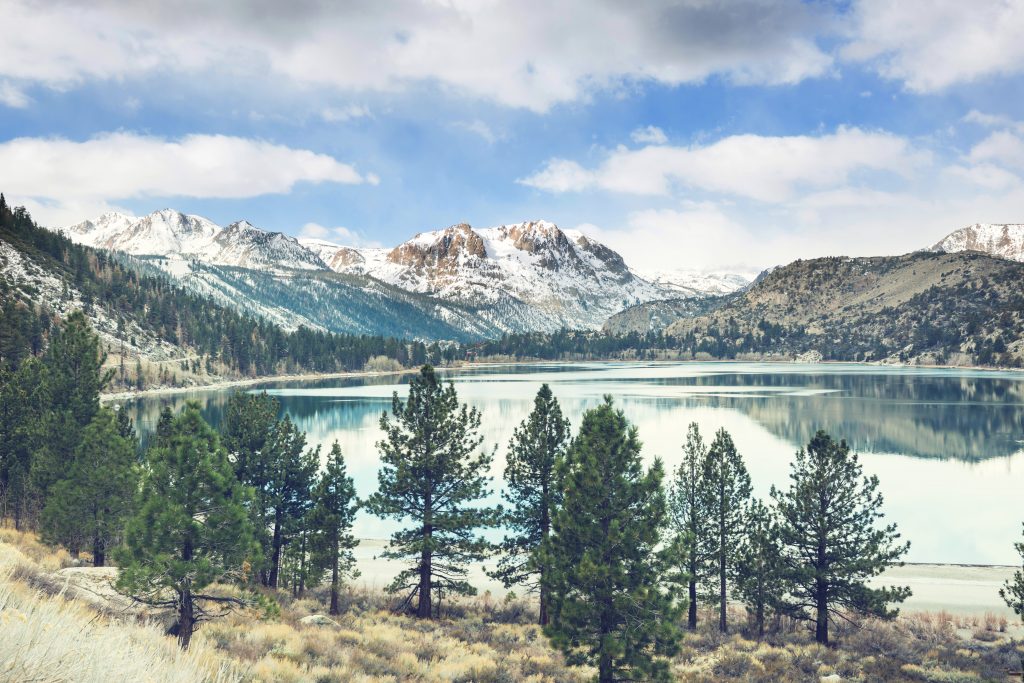Joining West Virginia as the only other state to be granted statehood during the Civil War, Nevada is a study in contrasts. Nevada became the 36th state on October 31, 1864, after telegraphing the Constitution of Nevada to the Congress days before the November 8 presidential election (the largest and costliest transmission ever by telegraph).
The mostly desert landscape is nearly devoid of trees. With vast open spaces, dramatic gorges, majestic mountains, and windswept rock formations, the state transforms quickly.
Nevada may have once been the loneliest state and is home to the loneliest highway. After the Comstock Lode discovery of silver in 1859, the population grew dramatically. By 1864 when the state was admitted to the union, Nevada lacked the 60,000 to be granted statehood and didn’t gain the residents until 1880. It would even lose the population according to the U.S. Census Bureau and not achieve the qualifying numbers again until 1910.
Lonely or not, Nevada was the first state to vote for the 13th Amendment abolishing slavery.
Nevada wasn’t lonely for long. The population exploded when two railroads connected in 1905 and established a town called Las Vegas and first platted in 1910. It would be 30 years before the first resort would open. Casinos and glamour would soon follow.
As the casinos began to sprout, the construction of Hoover Dam began. Formerly named Boulder Dam, the dam on the Colorado River provides hydropower to Nevada, Arizona, and California.
Most of the state is made up of National Parks providing some of the best opportunities for star-gazing anywhere. Perhaps that’s why Area 51 attracts so much attention and mystery. Well, who are we kidding?


